LPHYS'14. Special Tribute:
The LPHYS'14 Organizing and Steering Committees have announced their decision that this year LPHYS'14 will be dedicated to paying tribute to two major events:
50th anniversary of 1964 Nobel Prize in physics
The Committees would like to remind all the participants that this year the scientific world will celebrate the 50th anniversary of the Nobel Prize in physics awarded in to three brilliant scientists Charles H Townes, Nikolay G Basov and Alexander M Prokhorov "for fundamental work in the field of quantum electronics, which has led to the construction of oscillators and amplifiers based on the maser-laser principle".
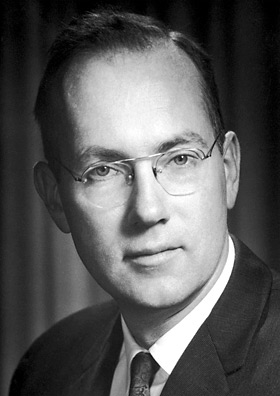
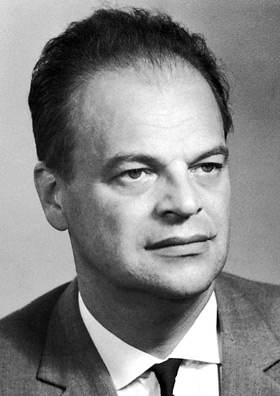
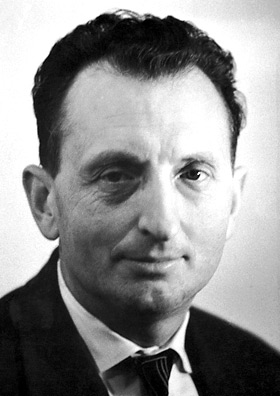
In one of the three laureates, Professor Alexander M. Prokhorov, was the leading founder of the annual International Laser Physics Workshop (LPHYS'). In the following ten years he served as the conference permanent Chairman until his death in .
145th anniversary of the establishment of the Bulgarian Academy of Sciences
The Bulgarian Academy of Sciences (BAS) has been a successor of the Bulgarian Literary Society, founded in . The Academy is the Bulgarian nation's foremost scientific organization that is responsible for organizing and directing basic and applied research conducted in Bulgaria in the fields of natural, technical and social sciences. BAS also participates in supervising educational activities in the country and in formulating the national policy for science and technology.

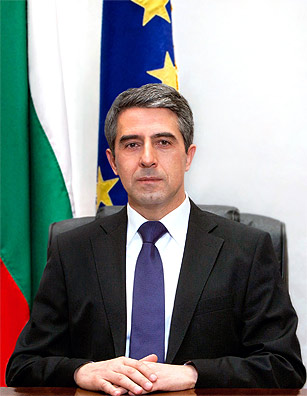
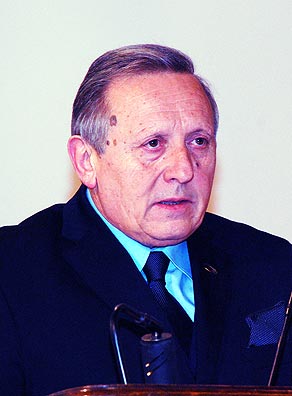
The Committees have the pleasure to announce that the meeting of the International Laser Physics Workshop (LPHYS'14) will be under the High Patronage of Mr. Rosen Plevneliev, President of the Republic of Bulgaria who has been scheduled to present his opening remarks at the conference opening session.
The President of the Bulgarian Academy of Sciences Acad. Stefan Vodenicharov, D.Sc. will subsequently deliver his welcome address to the participants, followed by an introductory message delivered by Prof. Sanka Gateva, Conference Co-Chair.
Also, you may find the names of the other opening session keynote speakers and the titles of their talks on the Keynote Speakers page.






























































































